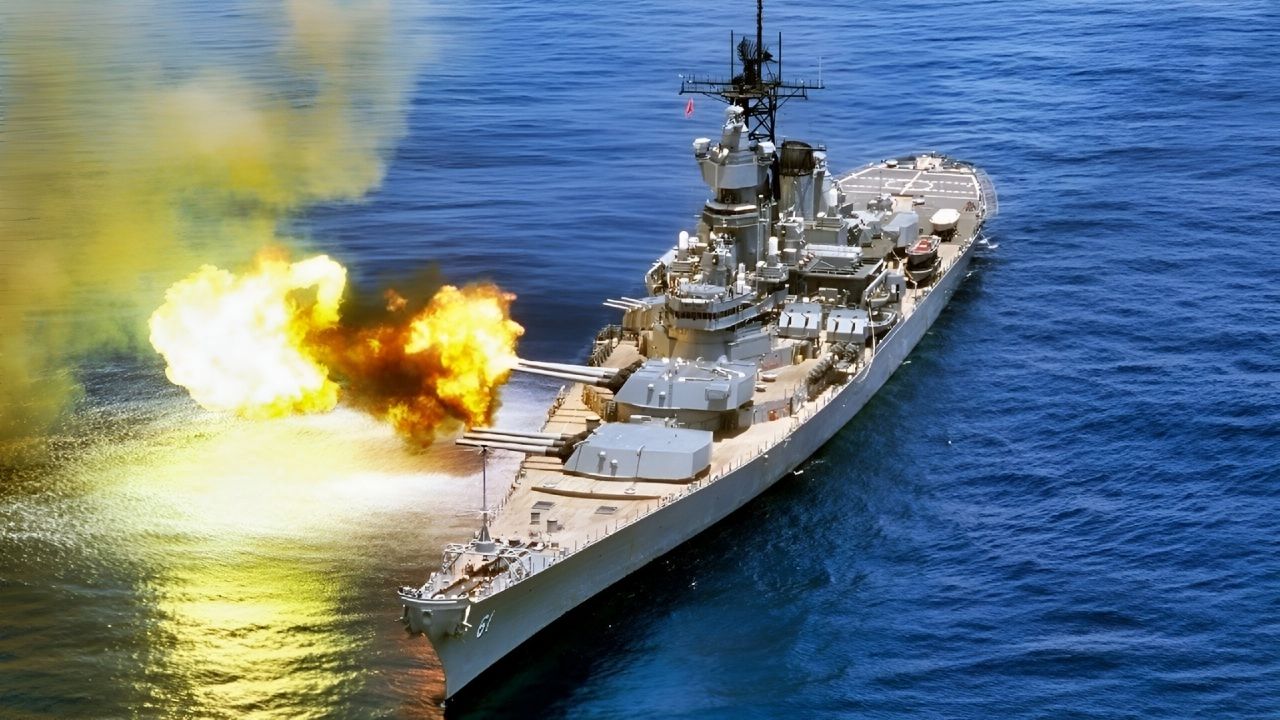
What was the Argentine Navy Revolt? The Argentine Navy Revolt of 1955, also known as the Revolución Libertadora, was a significant military uprising against President Juan Domingo Perón. This revolt marked a pivotal moment in Argentina's history, leading to Perón's eventual ousting. Discontent within the navy, fueled by political and economic instability, sparked the rebellion. Ships and naval bases became battlegrounds as the navy clashed with loyalist forces. The revolt wasn't just about military might; it reflected deep societal divisions and widespread dissatisfaction with Perón's regime. Understanding this event helps grasp the complexities of Argentina's mid-20th-century political landscape.
Key Takeaways:
- The Argentine Navy Revolt, or Revolución Libertadora, was a military uprising in 1955 to overthrow President Perón due to authoritarian rule, economic instability, and social dissatisfaction.
- The revolt led to Perón's exile, a period of military rule, and cultural shifts in Argentina, impacting politics, society, and international relations.
The Argentine Navy Revolt: An Overview
The Argentine Navy Revolt, also known as the Revolución Libertadora, was a significant event in Argentina's history. This military uprising aimed to overthrow President Juan Domingo Perón. Let's dive into some fascinating facts about this pivotal moment.
- The revolt began on September 16, 1955, and lasted until September 23, 1955.
- It was primarily led by the Argentine Navy, with support from some factions of the Army and Air Force.
- The revolt was a response to Perón's increasingly authoritarian rule and his conflict with the Catholic Church.
- The uprising was also fueled by economic instability and widespread dissatisfaction among the populace.
- The revolt's code name was "Operation Liberation."
Key Figures and Events
Several key figures and events played crucial roles in the Argentine Navy Revolt. Understanding these elements provides deeper insight into the uprising.
- Rear Admiral Isaac Rojas was one of the main leaders of the revolt.
- General Eduardo Lonardi also played a significant role, later becoming the provisional president.
- The city of Córdoba was a major battleground during the revolt.
- The rebels used radio broadcasts to communicate and rally support.
- The revolt saw intense fighting, including aerial bombings and naval engagements.
The Aftermath and Impact
The aftermath of the Argentine Navy Revolt had lasting effects on the country's political landscape. Here are some key outcomes and impacts.
- President Juan Domingo Perón was forced into exile in Paraguay.
- General Eduardo Lonardi became the provisional president but was soon replaced by General Pedro Eugenio Aramburu.
- The new government sought to dismantle Perón's influence, banning Peronist symbols and parties.
- The revolt marked the beginning of a period of military rule in Argentina.
- The uprising led to significant changes in Argentina's economic and social policies.
Cultural and Social Repercussions
The Argentine Navy Revolt also had cultural and social repercussions that resonated throughout the country. These changes shaped Argentina's identity in various ways.
- The revolt intensified the divide between Peronists and anti-Peronists.
- It led to increased censorship and political repression.
- The Catholic Church regained some of its influence, which had been diminished under Perón.
- The revolt inspired various works of literature, film, and art.
- The event is still commemorated and debated in Argentina today.
International Reactions and Influence
The Argentine Navy Revolt did not go unnoticed on the global stage. International reactions and influences played a role in shaping the outcome and aftermath.
- The United States initially remained neutral but later supported the new government.
- The Soviet Union condemned the revolt, viewing it as a setback for leftist movements.
- Neighboring countries like Brazil and Chile closely monitored the situation, fearing similar uprisings.
- The revolt influenced other Latin American countries experiencing political turmoil.
- It highlighted the Cold War tensions, as both superpowers sought to influence the region.
Final Thoughts on the Argentine Navy Revolt
The Argentine Navy Revolt of 1955 stands as a pivotal moment in Argentina's history. This event, marked by a clash between military factions and the government, highlighted deep-seated political tensions. The revolt not only led to significant changes within the military but also paved the way for the eventual downfall of President Juan Domingo Perón. Understanding these facts gives us a clearer picture of Argentina's turbulent mid-20th century. It’s a reminder of how internal conflicts can shape a nation's future. By examining such historical events, we gain insights into the complexities of governance and the impact of military power on political stability. The Argentine Navy Revolt remains a crucial chapter in the story of Argentina, reflecting the struggles and resilience of its people.
Frequently Asked Questions
Was this page helpful?
Our commitment to delivering trustworthy and engaging content is at the heart of what we do. Each fact on our site is contributed by real users like you, bringing a wealth of diverse insights and information. To ensure the highest standards of accuracy and reliability, our dedicated editors meticulously review each submission. This process guarantees that the facts we share are not only fascinating but also credible. Trust in our commitment to quality and authenticity as you explore and learn with us.
